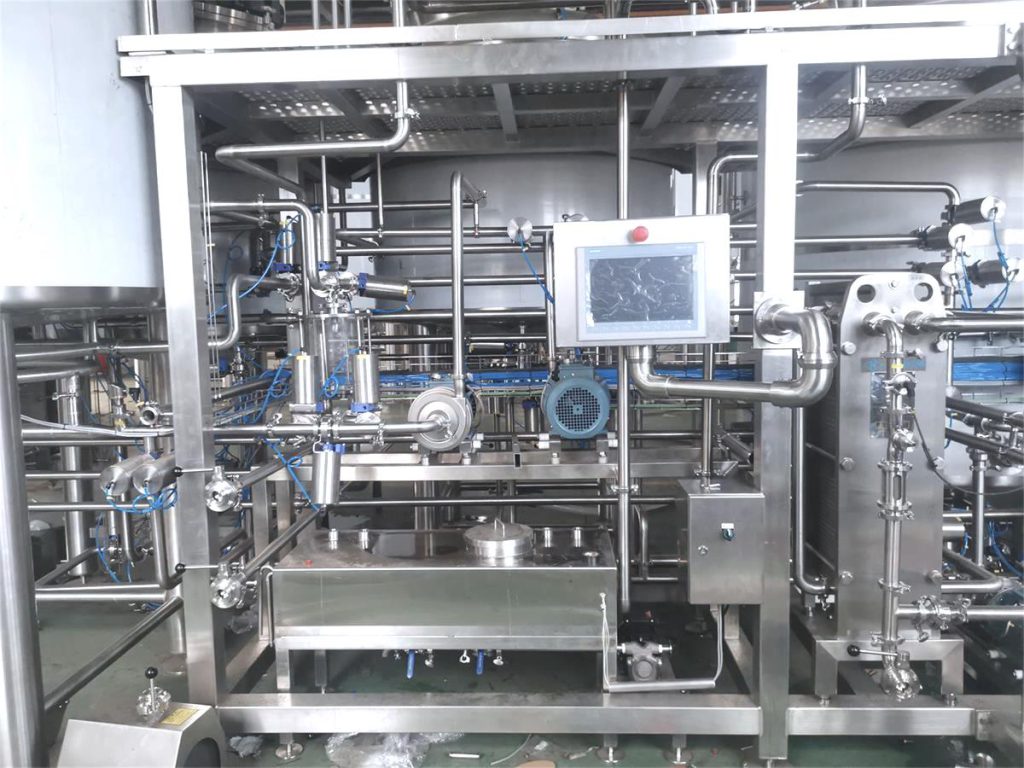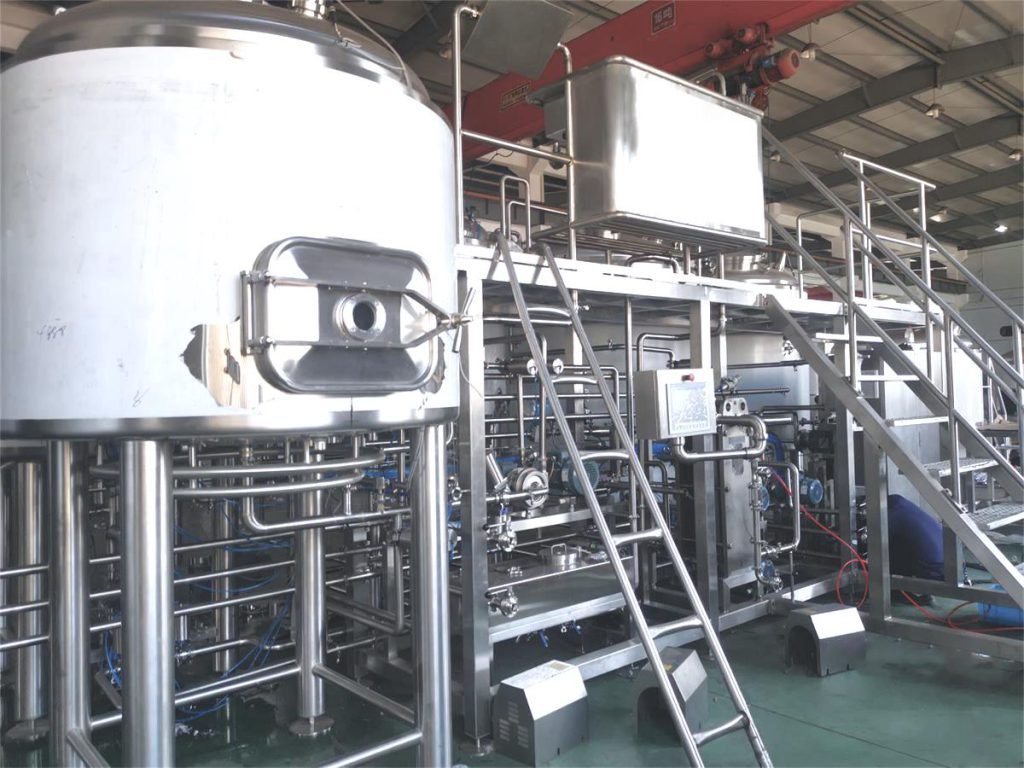Introduction
In the industrial sector, efficiency and cost-saving measures are paramount. One effective method that has gained significant attention is the condensate steam recovery system. This system plays a crucial role in improving energy efficiency, reducing water usage, and saving money. In this blog post, we will explore how a condensate steam recovery system works, its benefits, and how it can be implemented in your facility to maximize savings.
Understanding Condensate Steam Recovery Systems

A condensate steam recovery system captures and reuses steam condensate, which is the water that forms when steam loses its heat energy. Instead of letting this condensate go to waste, the system recovers it and returns it to the boiler, where it can be reheated and reused. This process not only conserves water but also saves the energy that would otherwise be required to heat fresh water.
Key Components of a Condensate Steam Recovery System
- Condensate Return Lines: These pipes transport the steam condensate back to the boiler.
- Condensate Pumps: These pumps move the condensate through the return lines.
- Flash Tanks: These tanks separate steam from the condensate, allowing the steam to be reused in other processes.
- Heat Exchangers: These devices transfer heat from the condensate to incoming feedwater, improving overall efficiency.
Benefits of Implementing a Condensate Steam Recovery System
Energy Savings
One of the most significant benefits of a condensate steam recovery system is energy savings. By recovering and reusing steam condensate, facilities can reduce the amount of fuel needed to generate steam. This leads to lower energy bills and a smaller carbon footprint.
Water Conservation
Water is a precious resource, and conserving it is crucial for both environmental and financial reasons. A condensate steam recovery system reduces the need for fresh water by recycling condensate, leading to significant water savings.
Reduced Chemical Costs
Treating fresh boiler feedwater often requires chemicals to remove impurities and prevent scaling. By using recovered condensate, facilities can reduce the amount of fresh water that needs treatment, thereby lowering chemical costs.
Increased Boiler Efficiency
Returning hot condensate to the boiler reduces the thermal shock and wear on the boiler components. This increases the lifespan of the boiler and reduces maintenance costs.
Regulatory Compliance
Many industries face strict regulations regarding water usage and discharge. Implementing a condensate steam recovery system can help facilities comply with these regulations by minimizing water waste and discharge.
How to Implement a Condensate Steam Recovery System
Assessing Your Current System
The first step in implementing a condensate steam recovery system is to assess your current steam and condensate management practices. Identify areas where condensate is being wasted and calculate the potential savings from recovering it.
Designing the System
Work with engineers and consultants to design a condensate steam recovery system that meets your facility’s needs. Consider factors such as the volume of condensate, the distance it needs to be transported, and the layout of your facility.
Installing the System
Once the design is complete, proceed with the installation of the condensate steam recovery system. Ensure that all components are correctly installed and integrated with your existing steam system.
Monitoring and Maintenance
Regular monitoring and maintenance are crucial to ensure the system operates efficiently. Check for leaks, inspect pumps and heat exchangers, and maintain the proper functioning of all components.
Case Study: Condensate Steam Recovery System in Action

To illustrate the benefits of a condensate steam recovery system, let’s look at a case study of an industrial facility that successfully implemented such a system.
Background
An industrial manufacturing plant was experiencing high energy and water costs due to inefficient steam usage. The plant decided to implement a condensate steam recovery system to address these issues.
Implementation
The facility installed condensate return lines, pumps, and heat exchangers to recover and reuse steam condensate. They also upgraded their boiler system to integrate the recovered condensate.
Results
| Metric | Before Implementation | After Implementation |
|---|---|---|
| Energy Consumption (GJ) | 50,000 | 40,000 |
| Water Usage (cubic meters) | 100,000 | 70,000 |
| Chemical Costs (USD) | 20,000 | 15,000 |
| Maintenance Costs (USD) | 10,000 | 7,000 |
| Total Savings (USD) | – | 35,000 |
The plant achieved significant energy savings, reduced water usage, and lowered chemical and maintenance costs. The total savings amounted to $35,000 annually.
Conclusion
A condensate steam recovery system is a valuable investment for any facility looking to improve energy efficiency, reduce water usage, and save money. By capturing and reusing steam condensate, facilities can achieve significant cost savings while also benefiting the environment. Implementing such a system requires careful planning and regular maintenance, but the long-term benefits make it well worth the effort. Consider assessing your current steam management practices and exploring the potential savings a condensate steam recovery system can offer.
FAQs
What is a condensate steam recovery system?
A condensate steam recovery system captures and reuses steam condensate, returning it to the boiler for reheating and reuse, thereby saving energy and water.
How much can I save with a condensate steam recovery system?
Savings vary depending on the size and efficiency of your facility. However, many facilities report annual savings in the tens of thousands of dollars.
Is it difficult to install a condensate steam recovery system?
While the installation requires careful planning and coordination, it is a straightforward process when working with experienced engineers and contractors.
What maintenance is required for a condensate steam recovery system?
Regular maintenance includes inspecting and maintaining pumps, heat exchangers, and condensate return lines. Monitoring the system for leaks and efficiency is also essential.
Can a condensate steam recovery system help with regulatory compliance?
Yes, by reducing water waste and discharge, a condensate steam recovery system can help facilities comply with environmental regulations.
